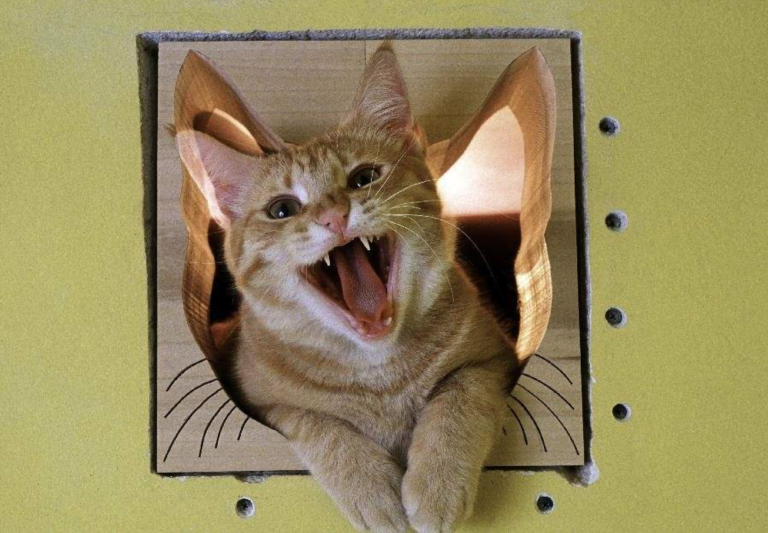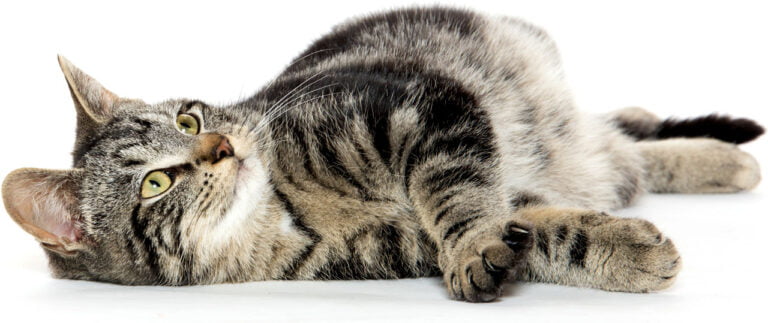What is normal cat behavior relative to our relationship with them as companion animals? How can we enrich the environment in which we cohabitate to make and keep them happier as well as deter them from exhibiting negative behaviors? An unhappy kitty makes for an unhappy family. At the end of last year, the American Association of Feline Practitioners outlined the following five pillars of a healthy feline environment as a guide.
First Pillar – Safe Environment
The first pillar addresses the importance of providing a safe place for your cat. In general, cats would rather avoid conflict and confrontation than fight as it could cause injury that could limit their ability to hunt and survive. Make sure you provide your cat with plenty of safe places to go including cardboard boxes, shelves, perches or even an open carrier.
Second Pillar – Separate Spaces
The second pillar deals with the importance of providing your cat with multiple separated areas for food, water, litter boxes, sleeping/resting, scratching and playing. Providing several easily accessible scratching areas at all times is particularly important especially if you have more than one cat or animal in the house. This gives your cats peace of mind by letting them know there are safe spaces they can eat, drink, go potty and play without being challenged. The more options you can provide the better.
Third Pillar – Predatory Time
Cats are natural predators and hunters. Cats in the wild spend most of their day hunting. In fact, they love hunting. They will hunt prey (mice), each other, dogs and even you. It is for this reason it is vitally important to provide your cat with a means to safely and appropriately exercise this aspect of their nature. Many of the negative/bad behaviors cat owners despise are a result of feline unhappiness due to their not being able to do the things cats naturally do. Both feeding and play provide great opportunities for cats to exercise their predatory instincts. Hiding food or cat treats in multiple areas or scattering it on the floor are good tricks. Puzzle feeders are another excellent tool to encourage cats to use their instinct to hunt. Feather and fur toys, especially those hanging from a wand, are great at mimicking prey. Allow your cat to catch the prey and be sure to award them with some treats after for good hunting.
Fourth Pillar – Positive Interaction
The fourth pillar discusses the significance of maintaining a level of human-cat interactions that are not only positive and consistent, but predictable as well. For instance, seeking out and squeezing your cat is not a great idea. Wait for your cat to come to you and initiate the interaction. Talk gently to them and get down on their level by sitting or lying on the floor. Keep your routine and behaviors as boring as possible. Cats like routine as it tends to give them a sense of control over their world.
Fifth Pillar – Smell
The fifth and final pillar focuses on smell and how cats use it to communicate. Cats use pheromones from scent glands in their feet, tail base, cheeks and chin to mark (claim) objects and people in their environment. Pheromone marking is a cat’s calling card and makes them feel at home. Try to avoid overusing strong cleaners and detergents near cat spaces as it will remove their scent and can even be dangerous. Pet Sitters International Certificate in Professional Pet Sitting (CPPS) advises against using products with ammonia like Lysol or Pine-Sol on any surface a cat may come into contact with.
Hopefully the insight from knowing these pillars can serve as a starting point to aid getting your cat and you onto the same page. Even if you are unable to utilize all the pillars at one time, the more we try to use them to normalize our cats, the stronger and healthier the bond and relationship will be between us.
This article was adapted from a story in the Charleston Gazette-Mail by Allison Dascoli titled “Ask the Vet: The five pillars of cat happiness.”



